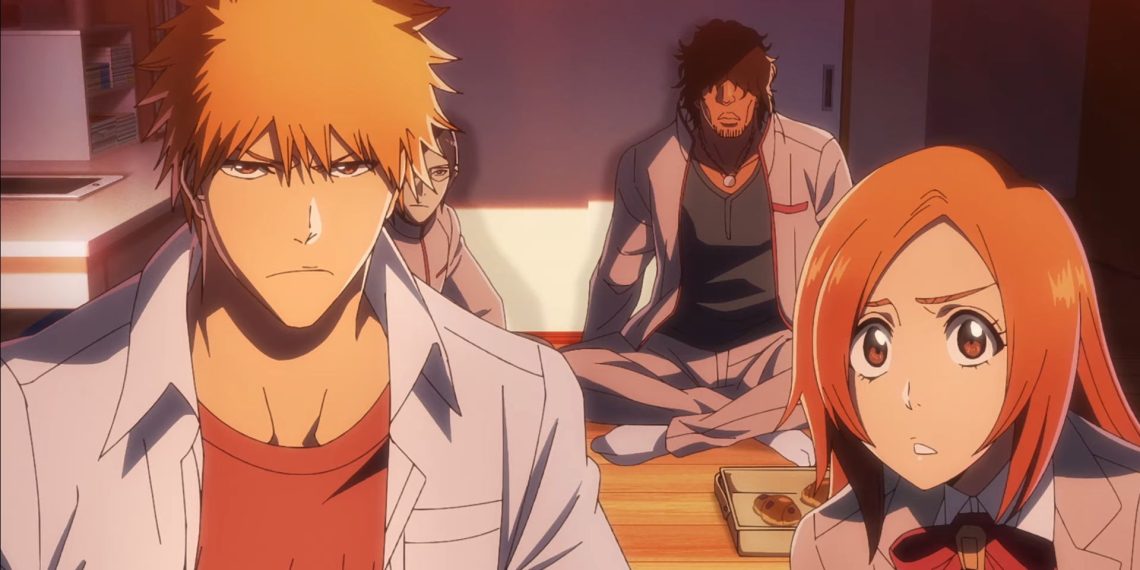Bleach is one of the biggest and most popular anime franchises of the past two decades, achieving massive success worldwide. Alongside Naruto and One Piece, Bleach was part of the “Big Three” of shonen properties. However, while Naruto and One Piece continued to grow, Bleach did not have the same success.
In the 2010s, Bleach gradually lost popularity and was often not mentioned alongside its peers. Various issues contributed to this decline, and it became more noticeable as anime, in general, became more popular.
Fortunately, the Bleach: Thousand-Year Blood War anime is bringing the series back into the spotlight, but the success of similar shows highlights how much Bleach missed out on a new generation of fans.
Bleach’s Darker Tone Set It Apart from Naruto and One Piece, Impacting Its Popularity
Naruto and One Piece, despite some moments of humor and fanservice, are seen as family-friendly anime. One Piece, in particular, is known for its lighthearted and adventurous tone, attracting viewers of all ages. The action in these shonen anime is exciting but avoids graphic gore or terror. In contrast, Bleach often had a darker and more intense tone.
Even at the beginning of the series, Bleach had a darker and more mature tone. Set in the modern era, it was more relatable than One Piece or Naruto. The action was more intense, with monstrous Hollows and designs that added a sense of horror.
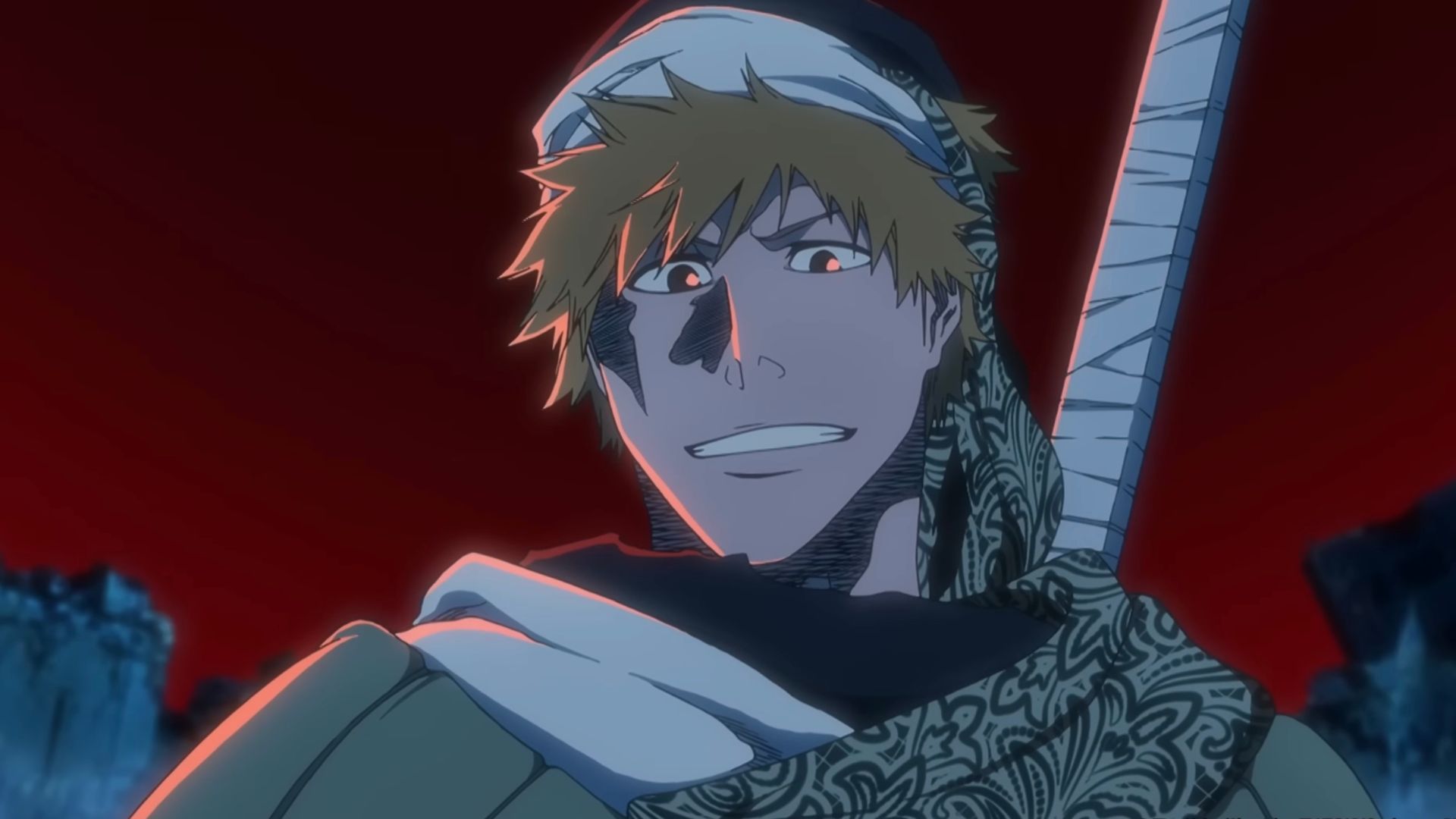
Fight scenes were more violent due to the Shinigami’s swords and other weapons, making it feel bleaker and more “adult” compared to other mainstream shonen works. For this reason, it was shown on Cartoon Network’s Adult Swim programming block instead of the more general audience-oriented Toonami.
This placed Bleach alongside darker shows like Death Note and crude comedies like Crayon Shin-chan. As a result, it was harder to pitch Bleach in the same vein as the other entries in the “Big Three.” With its potential target audience essentially halved, it made sense that Bleach couldn’t maintain the same level of widespread popularity.
Anime and manga weren’t yet the absolute phenomenon they are now, so there was a ceiling on how high Bleach could go. By the time anime became more mainstream, it was too late for Bleach to capitalize.
Sosuke Aizen: The Pinnacle of Bleach’s Villainy and Its Subsequent Decline
The biggest and best villain in Bleach was Sosuke Aizen, considered one of the best and most dangerous Shonen anime antagonists. He effortlessly took out enemies and posed a significant threat to the Shinigami of the Soul Society, making him the perfect villain for Ichigo and his allies.
This story arc was the peak of the series, with Aizen functioning as the inverse of the “overpowered protagonist” criticism in shonen anime. However, this high point made it difficult for the series to top it. Most fans felt that Bleach never reached the same narrative level after the Aizen arc. This wasn’t just due to a matter of stakes; it felt as if the series was running on fumes.
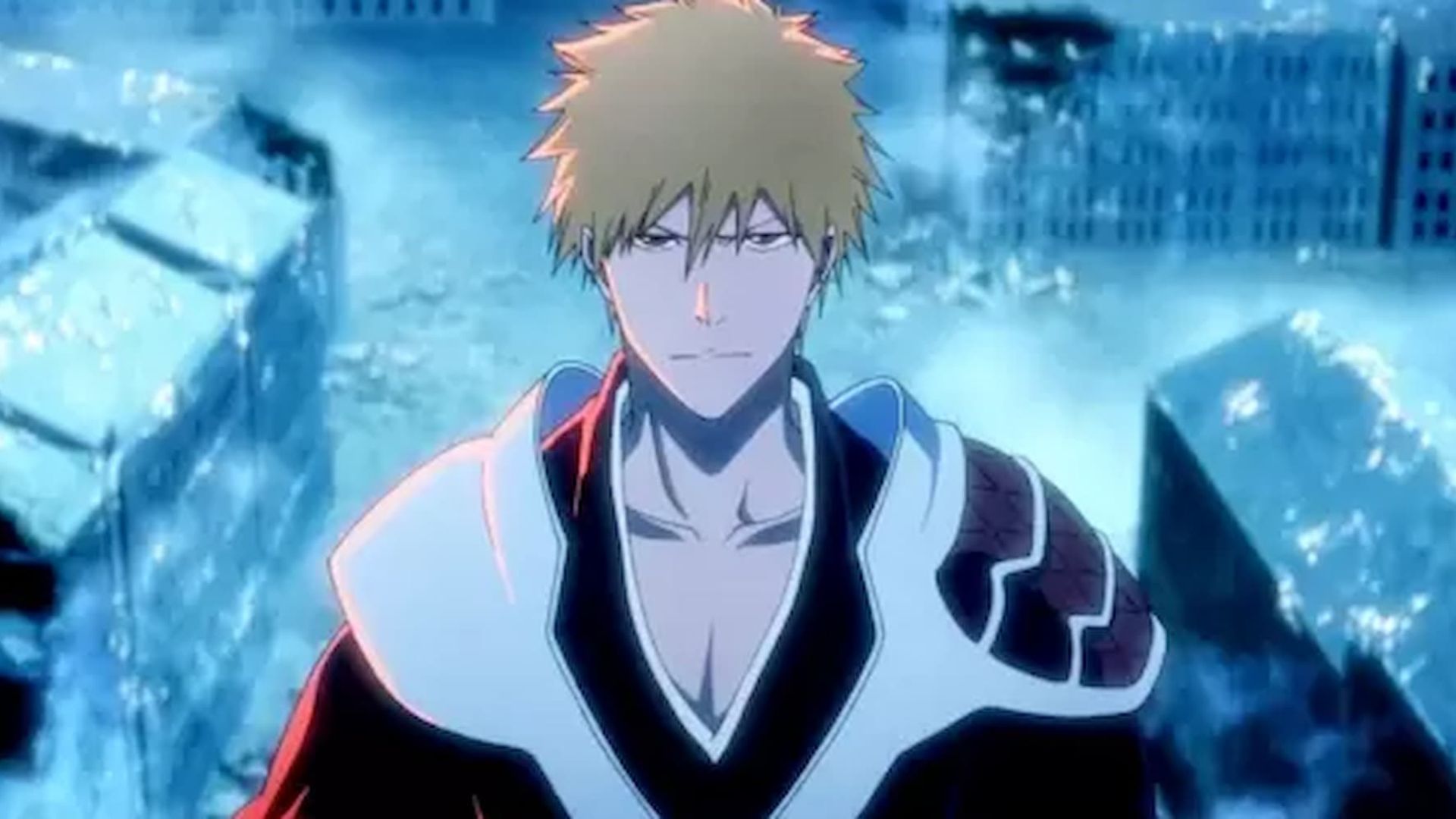
The conclusion of the Aizen arc felt like the logical end of Bleach as a whole. With Aizen defeated, the Soul Society and the human world were at peace. Even Ichigo Kurosaki lost his powers and seemed ready to return to a normal life. While there were still great moments in the anime and manga afterward, the Aizen arc was the peak of Bleach.
The material that followed was noticeably inferior. The quality of the manga also declined, with panels lacking backgrounds and other necessary artistic elements. On the other hand, One Piece is still going strong, and Naruto had a resurgence through its sequel series, Boruto. Bleach lacked this consistency or revival, making its later sections a downward spiral.
The Abrupt Anime End A Major Blow to the ‘Big Three’ and Its Decline in Popularity
The original Bleach anime ran from 2004 to 2012, adapting up to about the 479th chapter of the manga. It wasn’t supposed to end here; the show was planned to go on hiatus. However, it never returned to production, making the 16th season its last. This left nearly 20 volumes of material unadapted, while Naruto and One Piece continued.
The fact that one of the “Big Three” shonen franchises lost its anime adaptation was a huge blow and hard to comprehend. It was reminiscent of the days when anime had different endings from the manga due to ending earlier, but given Bleach’s popularity, this was even more surprising.
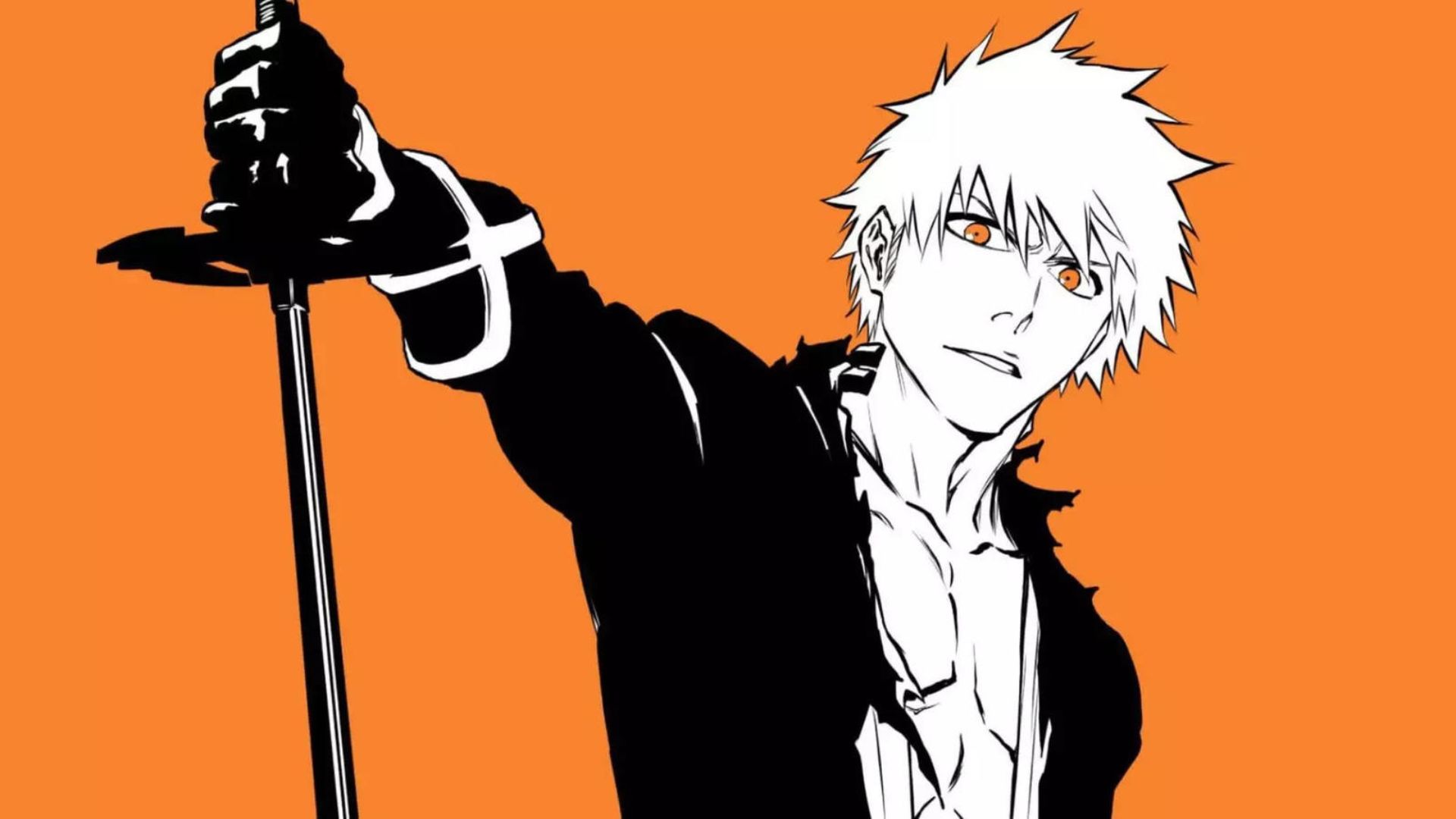
In many cases, anime are often seen as advertisements for the manga they are based on. So, manga that aren’t extremely popular but still get an anime adaptation can see a boost in sales because of the show. Since the Bleach anime ended, it made sense that the series couldn’t maintain its earlier popularity and faded compared to its peak success.
This was especially true in the West, where watching anime was more popular than reading manga. During this time, there was a slump in anime popularity, partly due to the 2008 anime crash.
The industry didn’t really bounce back until the release of manga and anime like Dragon Ball Super and new hits like My Hero Academia, which helped revive interest, especially internationally. By then, Bleach’s heyday was already over.
Bleach’s Resurgence: From Canceled Anime to Influential Franchise with New Media Expansions
Although the original Bleach anime was canceled and the manga didn’t come out at its peak, the franchise has made a strong comeback. This revival started with Burn the Witch, a spinoff set in the same world as Bleach. In the 2020s, it received two animated adaptations. Bleach: Thousand-Year Blood War is the second anime in the franchise and covers the story arc that the first series missed.
This new series has been successful, using modern anime production techniques and release schedules. There’s also the upcoming Bleach: Soul Resonance video game and Bleach: Rebirth of Souls, which will further expand the franchise’s media presence. Although it’s uncertain if Bleach will return to its former dominance, it shows that the series still has a strong following.
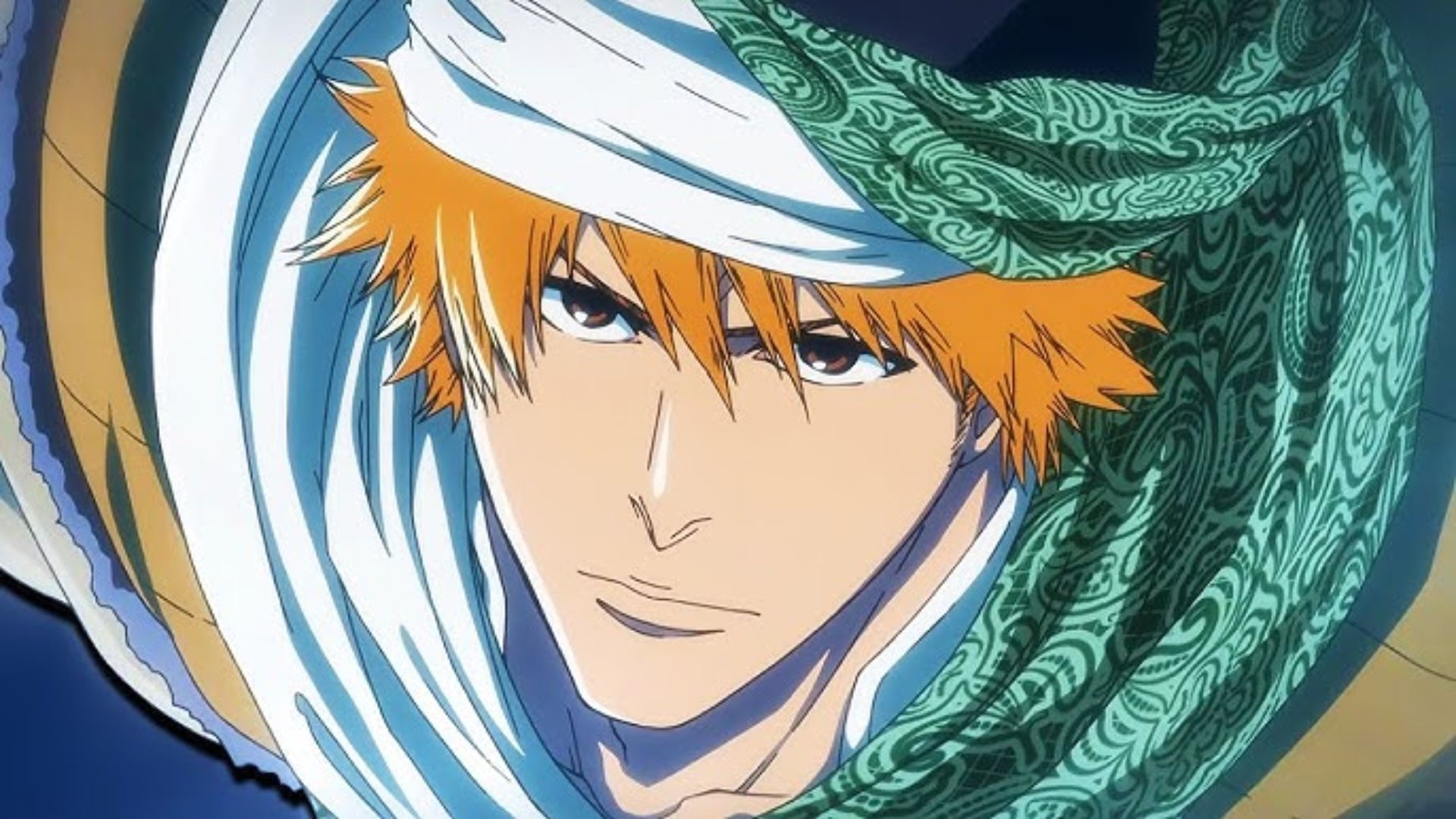
Even before Bleach’s return, its influence was evident in similar works. For instance, Demon Slayer shares a similar tone and style with Bleach, combining Japanese cultural aspects with intense action.
Demon Slayer has become one of the biggest anime and manga franchises ever, and the success of its film, Demon Slayer: Kimetsu no Yaiba – The Movie: Mugen Train, has contributed to the recent anime boom. Other series like Jujutsu Kaisen and Chainsaw Man also reflect Bleach’s influence in their tone and designs.
These works, along with Hell’s Paradise: Jigokuraku, are sometimes called the “Dark Shonen Trio,” echoing the earlier “Big Three” of shonen, which included Bleach, Naruto, and One Piece. Even newer series like Kagurabachi show similar action and style.
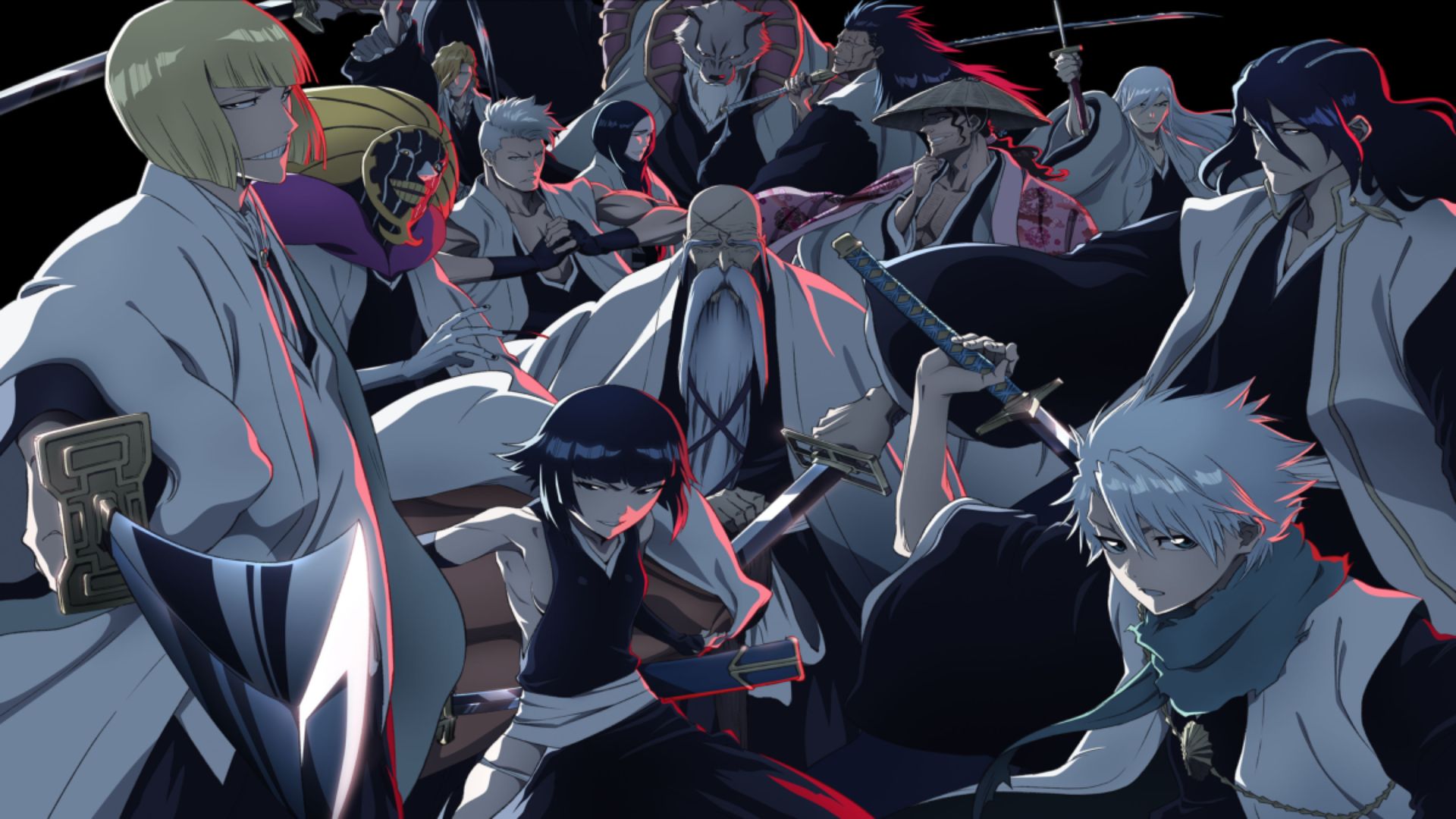
This is ironic because Bleach’s darker tone has become a defining feature of shonen anime and manga. While other popular series like One-Punch Man, My Hero Academia, and Spy x Family are distinct from the Dark Shonen Trio, they do not share a unifying theme.
In contrast, the Dark Shonen Trio feels connected by a similar style, even if this connection is unintentional. This suggests that Bleach may be the most influential series of its era, possibly even more than Naruto or One Piece. Its darker style has helped it maintain a lasting impact on the anime and manga industries.

